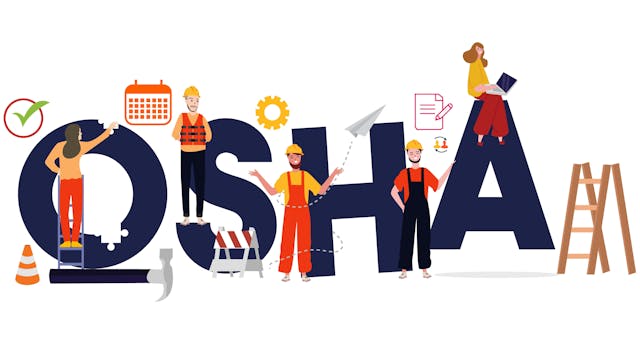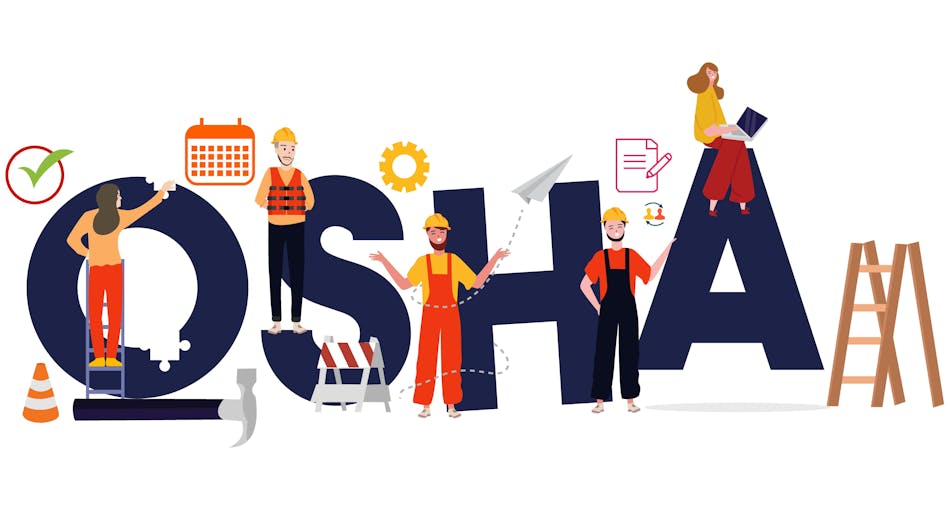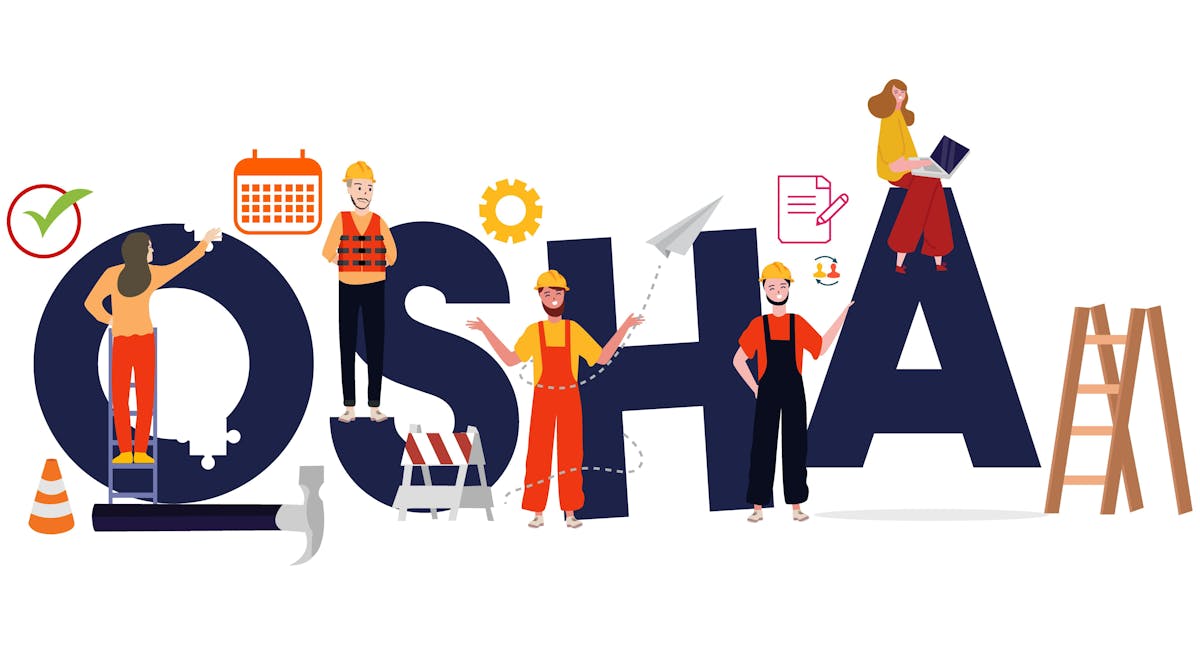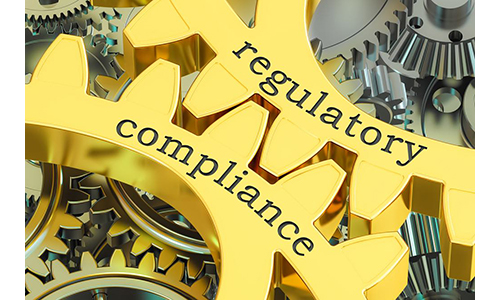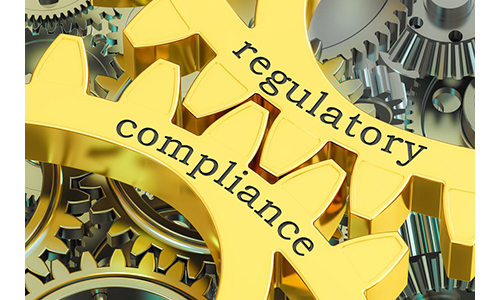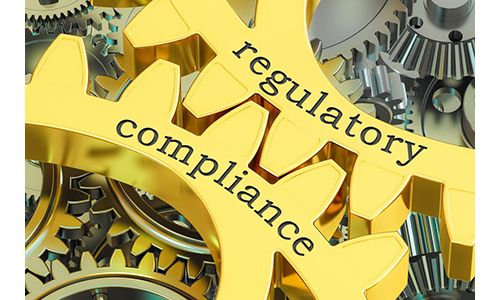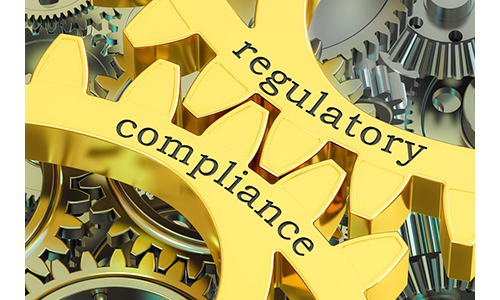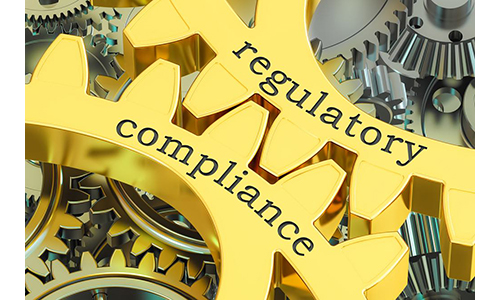Employee benefits and programs changed very quickly in reaction to the pandemic. Benefits were added that specifically addressed the current needs. Now two years after the start of the pandemic, companies are again adjusting benefit plans.
IBI (Integrated Benefits Institute) recently released a report “Benefit Design and Workplace Policy” after surveying employers in the U.S. to see what the benefits landscape looks like today.
In reaction to the pandemic 40% of the companies made changes to their benefits plans. Here is a comparison, from the survey of some benefits that were added and current benefits that were taken away.
Added During the Pandemic
- Remote work options -- 42%
- EAP/Behavioral Health -- 27%
- Caregiver Leave-- 20%
- Incentive for completing wellness programs--181%
- Financial wellness -- 17%
No Longer Offered Post Pandemic
- Subsidized Childcare Center --52%
- Financial Wellness-- 48%
- Weight management/exercise program-- 47%
- Tuition Assistance-- 47%
- Paid Parent Leave --32%
When asked specifically about what the employers felt were benefits that will attract and retain employees they cited the following benefits:
- Mental Health and EPA
- Additional PTO
- Remote Work Options
- Telehealth
Regarding employee feedback, employers spoke of the need to engage with and listen to employees. The companies said they perform ongoing data review and assessment of employee benefit usage and satisfaction is important when designing and redesigning benefit plans. As part of the review process, employers suggested finding out not only which benefits employees found valuable but also which they did not. Doing this will help reduce costs on benefits that are underused and therefore resources can be redirected.
Educating employees on this was paramount and employers had the following suggestions:
- It is imperative that employees understand that their benefits are not just health and medical but can provide support for other aspects of their personal lives.
- Have information upfront and readily available; eliminate as much jargon as possible.
- Be mindful whenever making changes and ensure that employees understand the changes and their impacts.
- Offer onsite meeting times to present benefits and use technology to curate a dashboard that is easy and friendly to use.
The report came to the following conclusion:
Overall, employers are optimistic about the changes the pandemic brought about regarding benefit plan design. Many of them appreciated doubling down on issues such as mental health, caregiving, and parental leave during the pandemic. They believe that the pandemic was the push needed for their leadership to approve many of these benefits that might have stalled in the past. However, employers also caution that moving forward and reevaluating these benefit plans may be challenging.










































